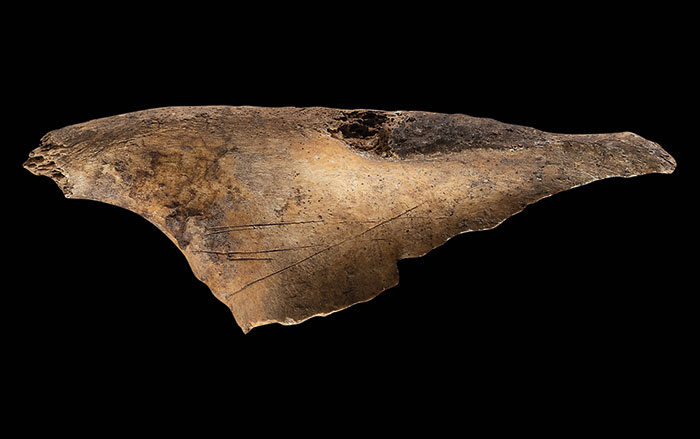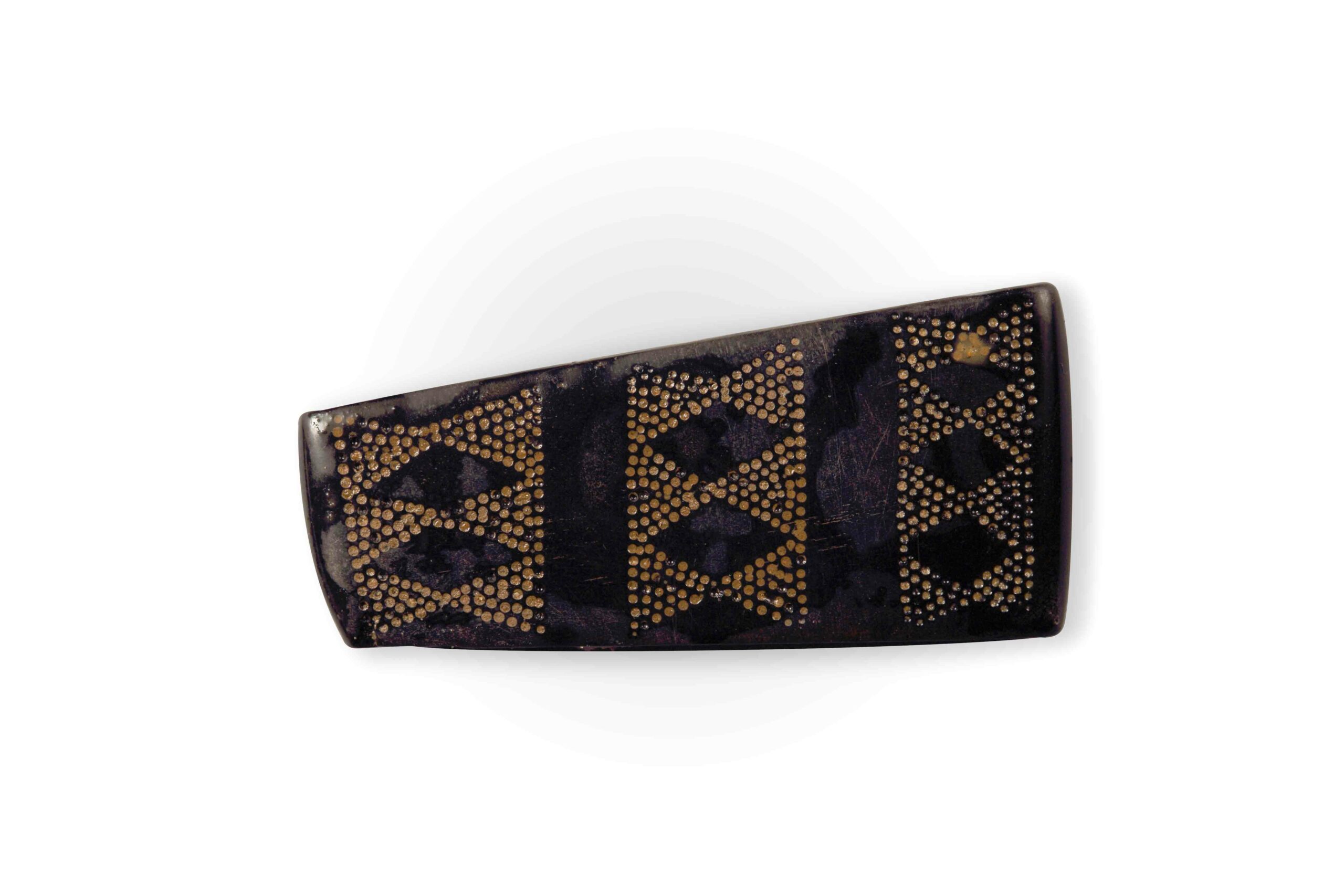
In British folklore, the cuckoo’s song is the symphony that accompanies spring, but when the summer solstice arrives, the bird falls silent. As the days descend into winter, the cuckoo returns to the underworld, dragging the Earth’s warmth along with it. Enclosing fledgling cuckoos in a pen could, the story goes, prolong spring and prevent the creeping cold of winter. After University of Aberdeen archaeologist David Nance encountered this legend while investigating a Bronze Age (2500–700 b.c.) granite standing stone in Scotland known as the Gouk Stone (“gouk” comes from the Old Norse for cuckoo), he made an unexpected connection to another Bronze Age site in Britain. Discovered in 1999 on the Norfolk coast of England, Holme I, or Seahenge, is a 4,000-year-old seaside circle of oak posts surrounding an overturned tree stump. The layout of Seahenge, Nance realized, perfectly fit the legendary description of a cuckoo pen.
Dendrochronological analysis of Seahenge’s posts suggested the monument might have been designed to keep cuckoos—and the fleeting spring—around a little longer. Seahenge’s timbers were cut during a period of intense, prolonged winters. They also appear to have been arranged to align with the rising sun on the summer solstice in 2049 b.c., when the planet Venus would have been particularly prominent. “Venus would have been at its highest, standstill position at sunrise,” says Nance. He believes that a contemporaneous nearby timber circle known as Holme II may have served a complementary function as a sacrificial site for the ancient British goddess of Venus, who was able to restore harmony in times of ecological crisis. Nance thinks the two sites may be the remains of an effort to put an end to the extreme cold.













